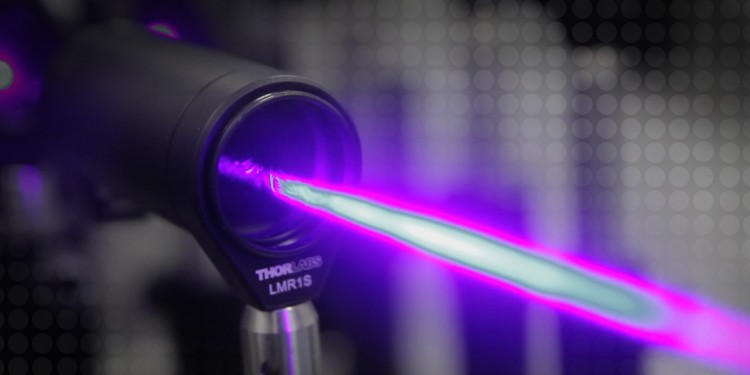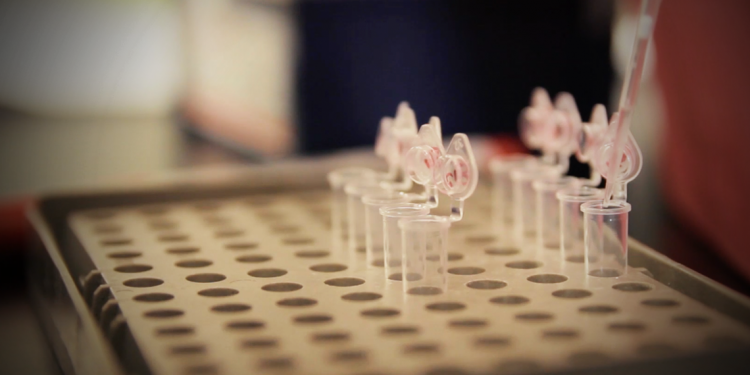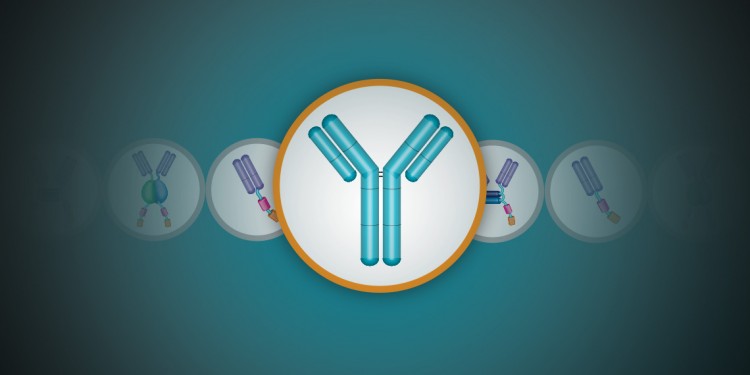
Rapid Advances in Biotechnology Bring Questions about Patentability

Expanding Flow Core Capabilities by Shifting Routine Sorts to Self-Sort on the S3e™ Cell Sorter

Using PrimePCR™ Gene Expression Assays to Understand Breast Cancer Metastasis

New Product Feature: gDNA-Free cDNA in Two Simple Steps

Design for Learning: Developing Curricula for Instructional Lab Kits

What Academic Researchers Can Learn from Small Biotechs about Antibody Validation

Trends in Antibody Generation Techniques — the Fully Synthetic Human Combinatorial Antibody Library (HuCAL®) Technology

CRISPR: The Hopes, the Fears, and the Biology

The Youth Factor: It’s in Your Blood


